Picton Castle From Medieval Fortress to Stately Home in Pembrokeshire

Rising from the rolling green landscape of Pembrokeshire, Picton Castle combines the strength of a medieval fortress with the grace of a Georgian country house. Its walls have witnessed nearly nine hundred years of change — from Norman conquest and Welsh rebellion to centuries of peace and refinement.
Behind the castle’s tranquil gardens lies a story of ambition, survival, and transformation — one that mirrors the history of Wales itself.
Click here to watch our video exploring Picton Castle and discover its history.
- Region
- South Wales, Wales
- Period
- 14th Century
- Type
- Medieval Castle
- Condition
- Intact
- Ownership
- Private
- Access
- Public - Admission Charge
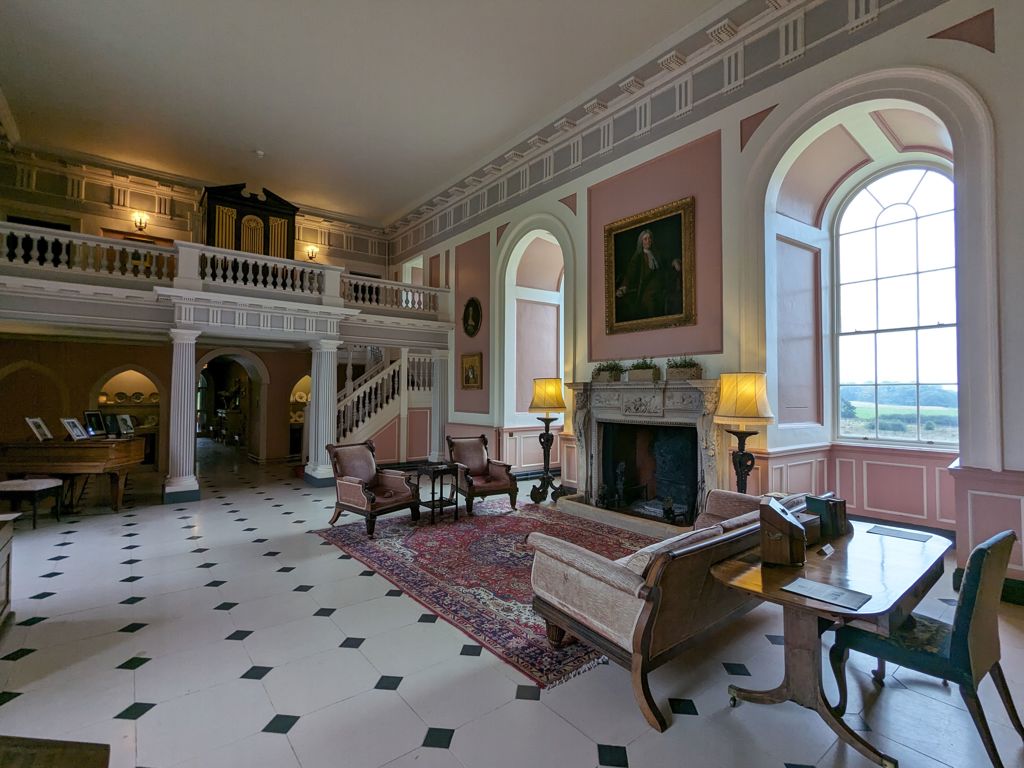
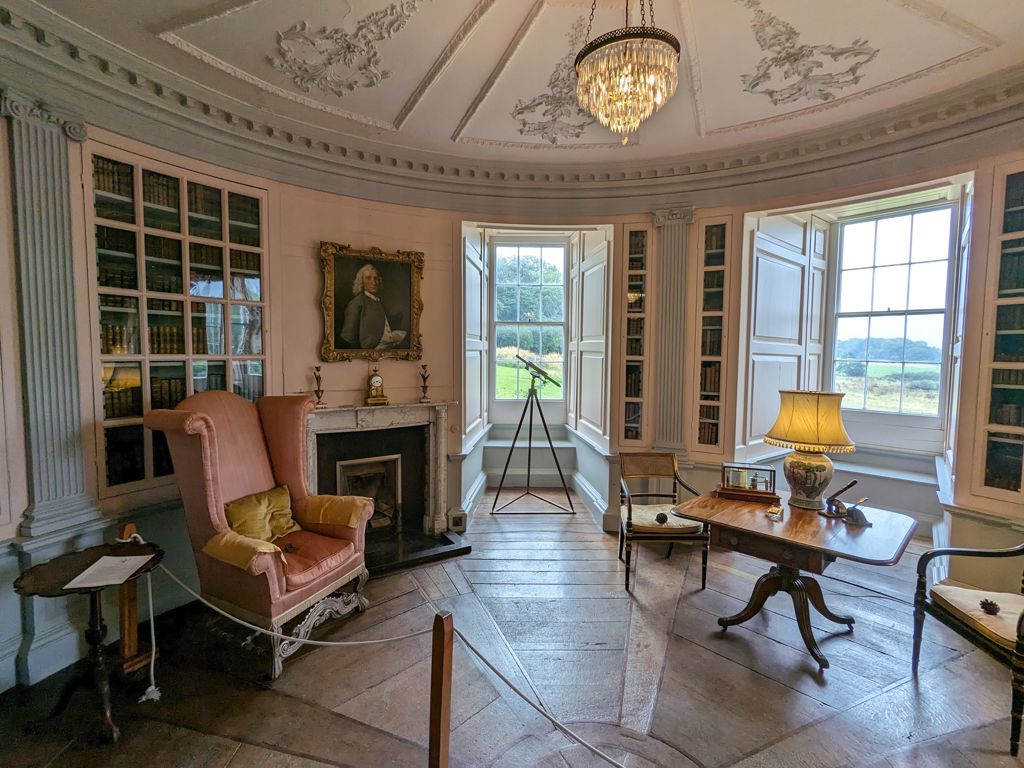
Early Origins - The Norman Conquest of Wales
In the late 11th century, this part of southwest Wales formed part of the Welsh kingdom of Deheubarth. That changed in 1093 when Rhys ap Tewdwr, its last native king, was killed at the Battle of Brecon. His death created a power vacuum that allowed Norman lords to expand westward, seizing land and building castles to secure their rule.
By 1102, King Henry I had reorganised the region into the Marcher Lordship of Pembroke, ruled by loyal barons. After floods devastated Flanders, Henry invited Flemish settlers to live in Pembrokeshire, strengthening his control with a skilled and dependable population.
One of these settlers, Wizo, established Wiston Castle and granted land to his followers. One of them was given the land at Picton - though history never recorded his name. The first structure here was likely a wooden fort built on a nearby mound, guarding the frontier.
By the late 13th century, a grander stone castle stood in its place, owned by the Wogan family, who also held Wiston. Their ancestry tied them to both Norman knights and ancient Welsh royalty through Cadifor ap Collwyn, Lord of Dyfed - a rare blend of conqueror and native heritage.
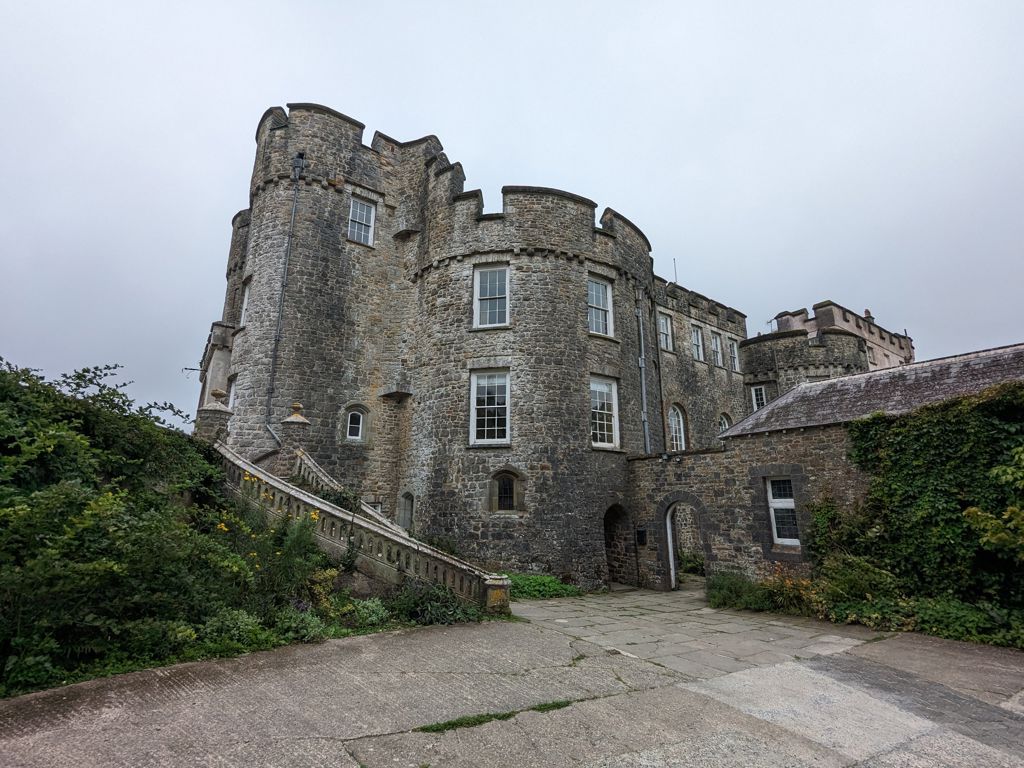
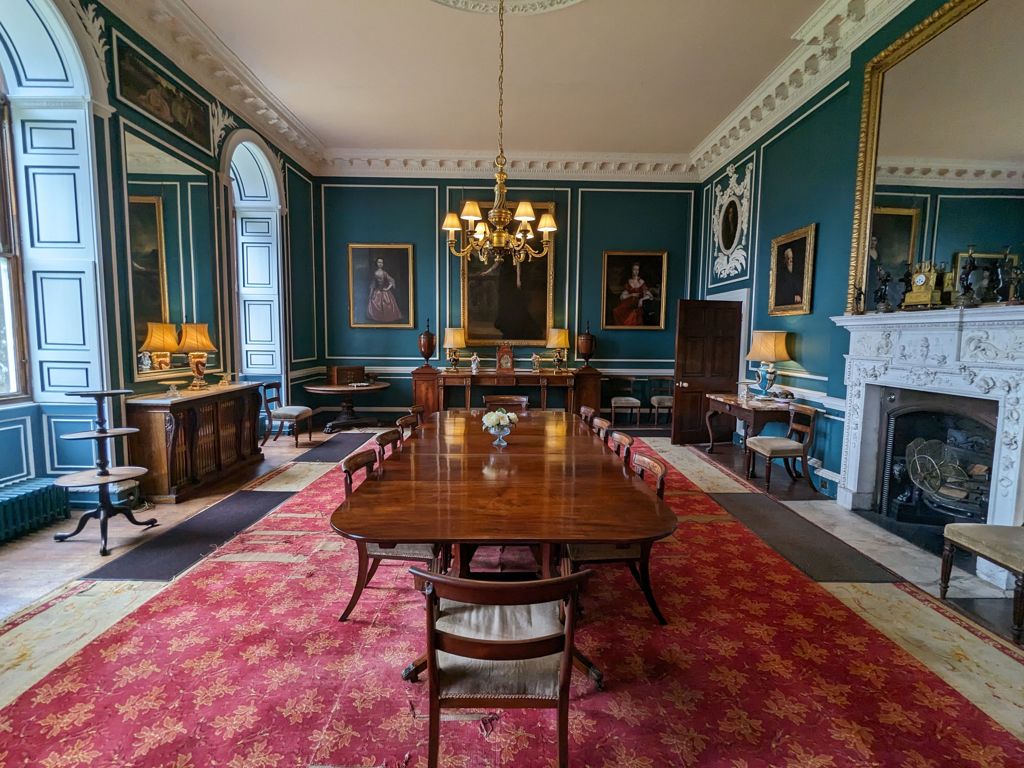
A Fortress Built for Power
Around the 1280s, Sir John Wogan, serving King Edward I, rebuilt Picton Castle in stone. Its unique design - six round towers tightly enclosing the great hall - gave it a compact, powerful presence. Unlike many castles, the gatehouse opened straight into the main hall, creating a design that was both defensive and efficient.
During the 13th and 14th centuries, Wales was rocked by uprisings led by princes such as Llywelyn the Great and Llywelyn ap Gruffudd. Picton likely remained on high alert during these turbulent years.
In the early 1400s, Owain Glyndŵr’s rebellion once again brought war to Wales. Many Norman strongholds fell, but Picton is believed to have withstood attack, thanks to its solid defences and strategic position. Its endurance reinforced the Wogans’ reputation for loyalty to the English Crown.
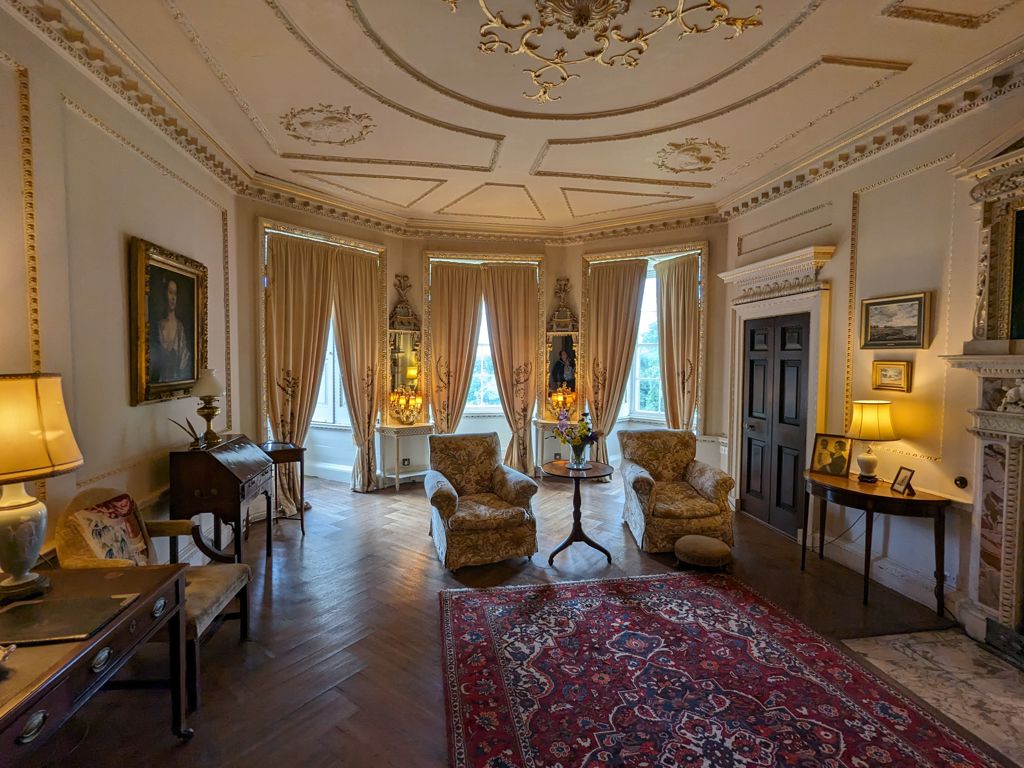
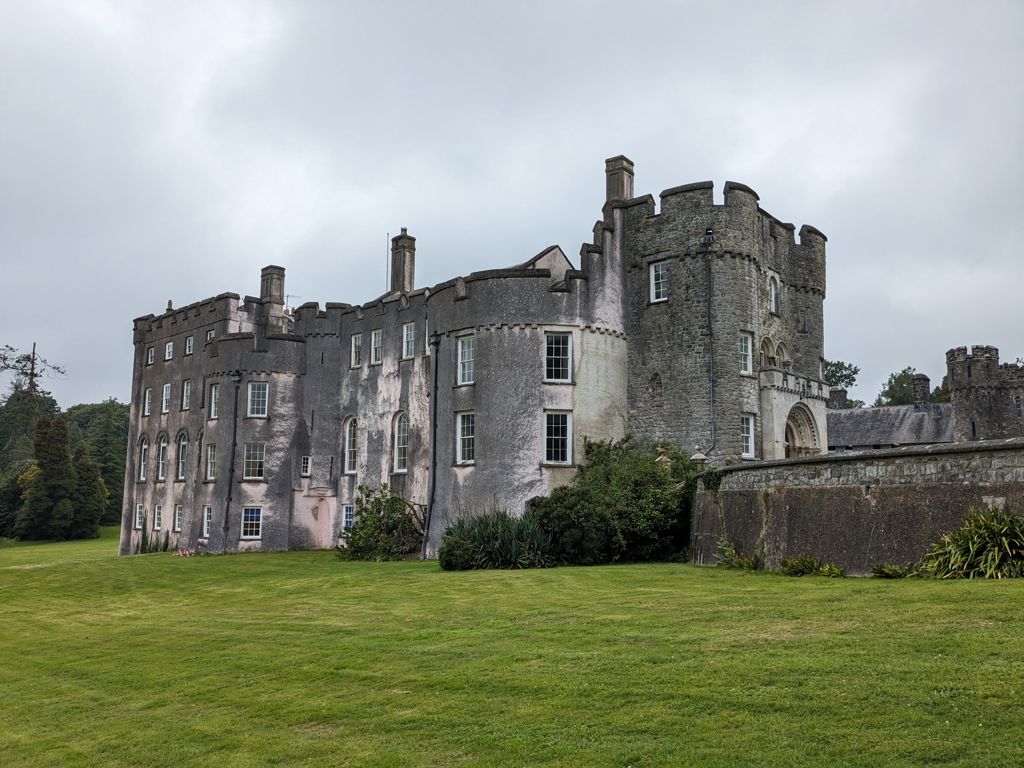
Picton Castle in the Tudor and Civil War Periods
By the 1500s, under the Tudor monarchs, Wales had been fully integrated into England. The great age of castle warfare had ended, but Picton remained a proud symbol of family status and local authority.
During the English Civil War (1642–1651), Pembrokeshire was split between Royalist and Parliamentarian factions. The town of Pembroke supported Parliament, but Picton stayed loyal to King Charles I.
In 1645, the castle surrendered to Parliamentarian troops - yet it escaped destruction, unlike many other strongholds. This act of survival ensured Picton remained one of the few medieval castles in Wales to continue as a lived-in home.
From Fortress to Elegant Home
By the 16th century, the estate had passed to the Philipps family through marriage. One of the most powerful families in Pembrokeshire, they transformed Picton from a fortress into a comfortable Georgian mansion. Arrow slits gave way to grand windows, and richly furnished rooms replaced stark medieval chambers.
The Philipps family created fine interiors, an impressive library, and landscaped gardens filled with ornamental trees and rare plants. Picton became a place of leisure and learning - a world away from its battle-scarred past.
One fascinating figure connected to the household was Cesar Picton, a man of African heritage who lived for a time with the Philipps family before becoming a wealthy coal merchant in Kingston upon Thames. His remarkable life story links Picton Castle to Britain’s broader global history.
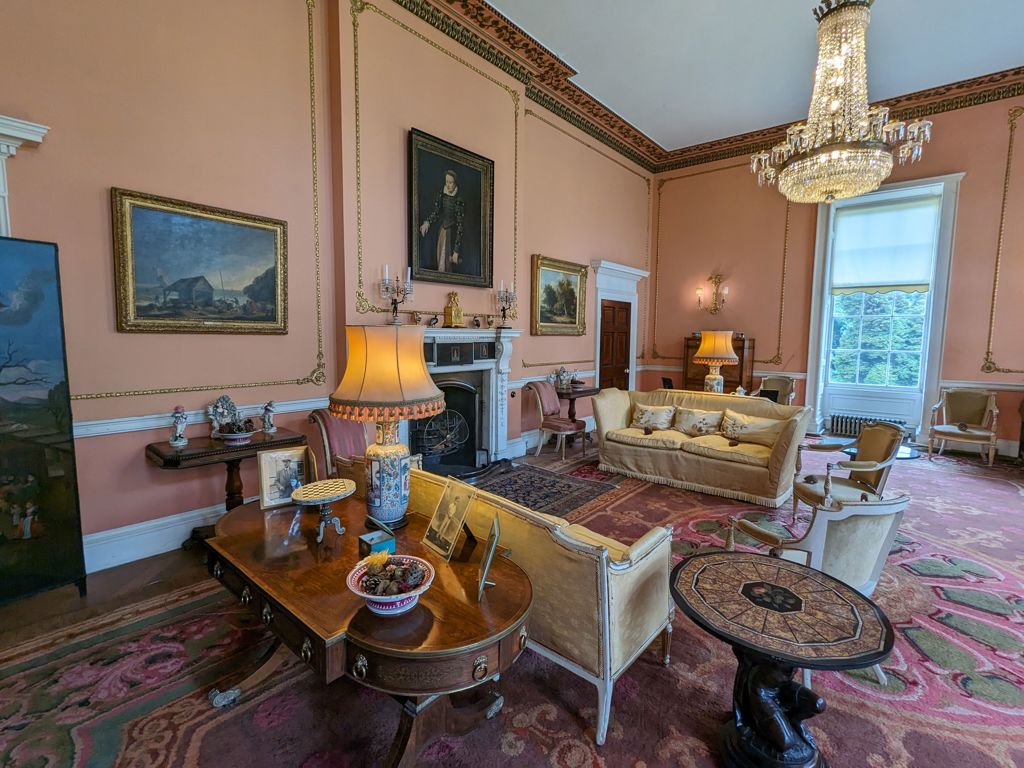
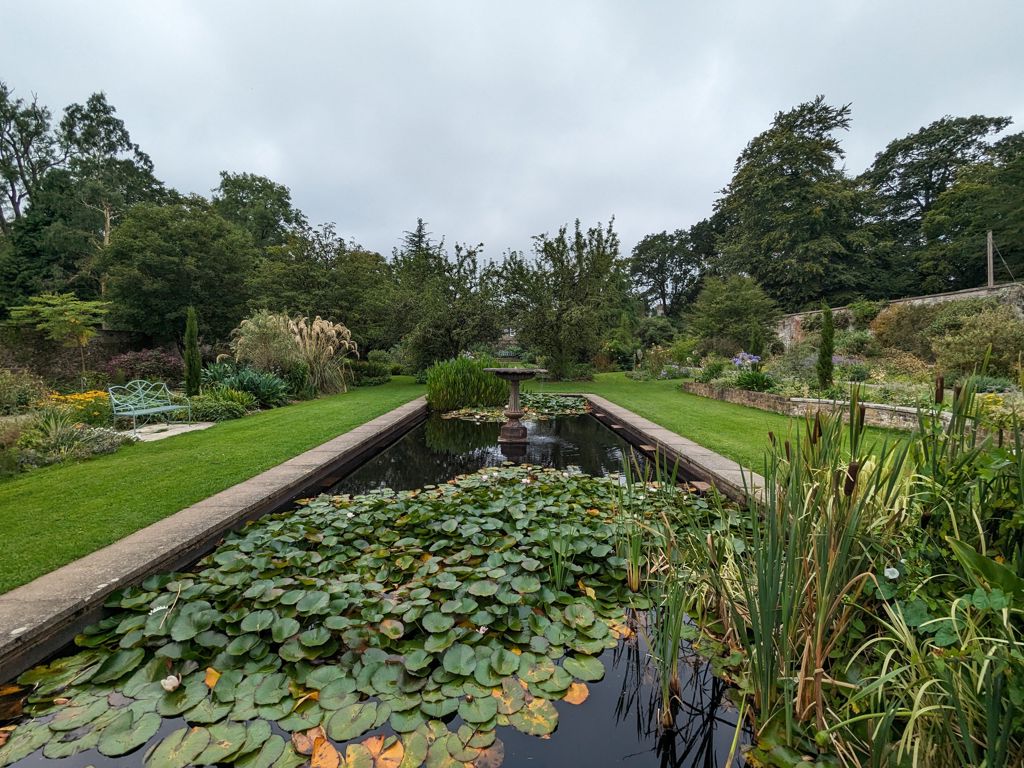
Picton Castle Today
In the 20th century, Picton Castle’s role shifted once again - from private residence to heritage landmark. The building is now a Grade I listed structure, and its forty-acre gardens are protected on the Register of Historic Parks and Gardens for their beauty and historical importance.
Visitors today can explore its mix of Norman architecture and Georgian refinement, from stone towers and winding staircases to elegant state rooms and tranquil woodland paths.
Picton Castle stands not just as a relic of the past, but as a living monument to Welsh history - a place where Norman ambition, Welsh resilience, and Georgian artistry meet.
